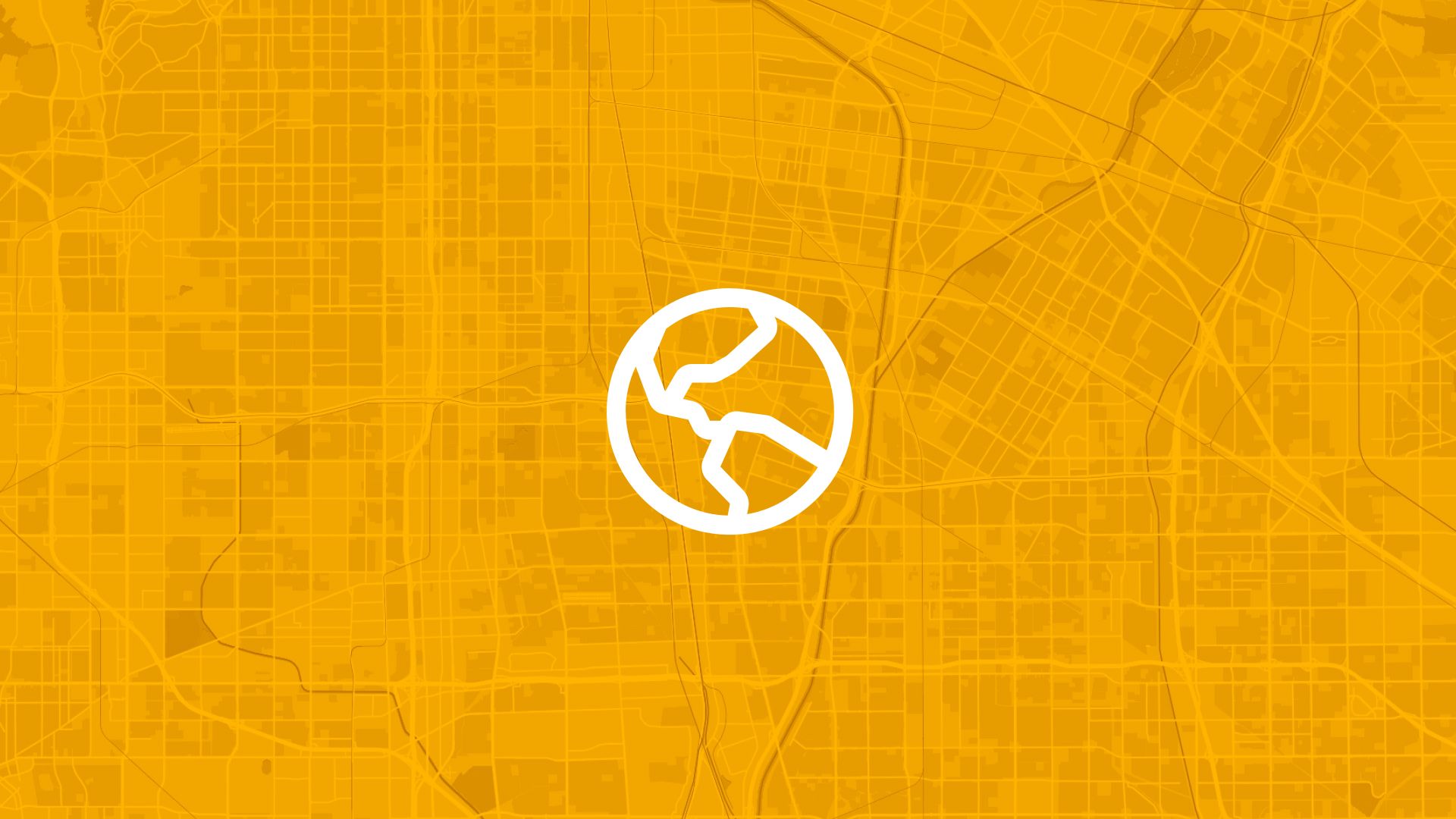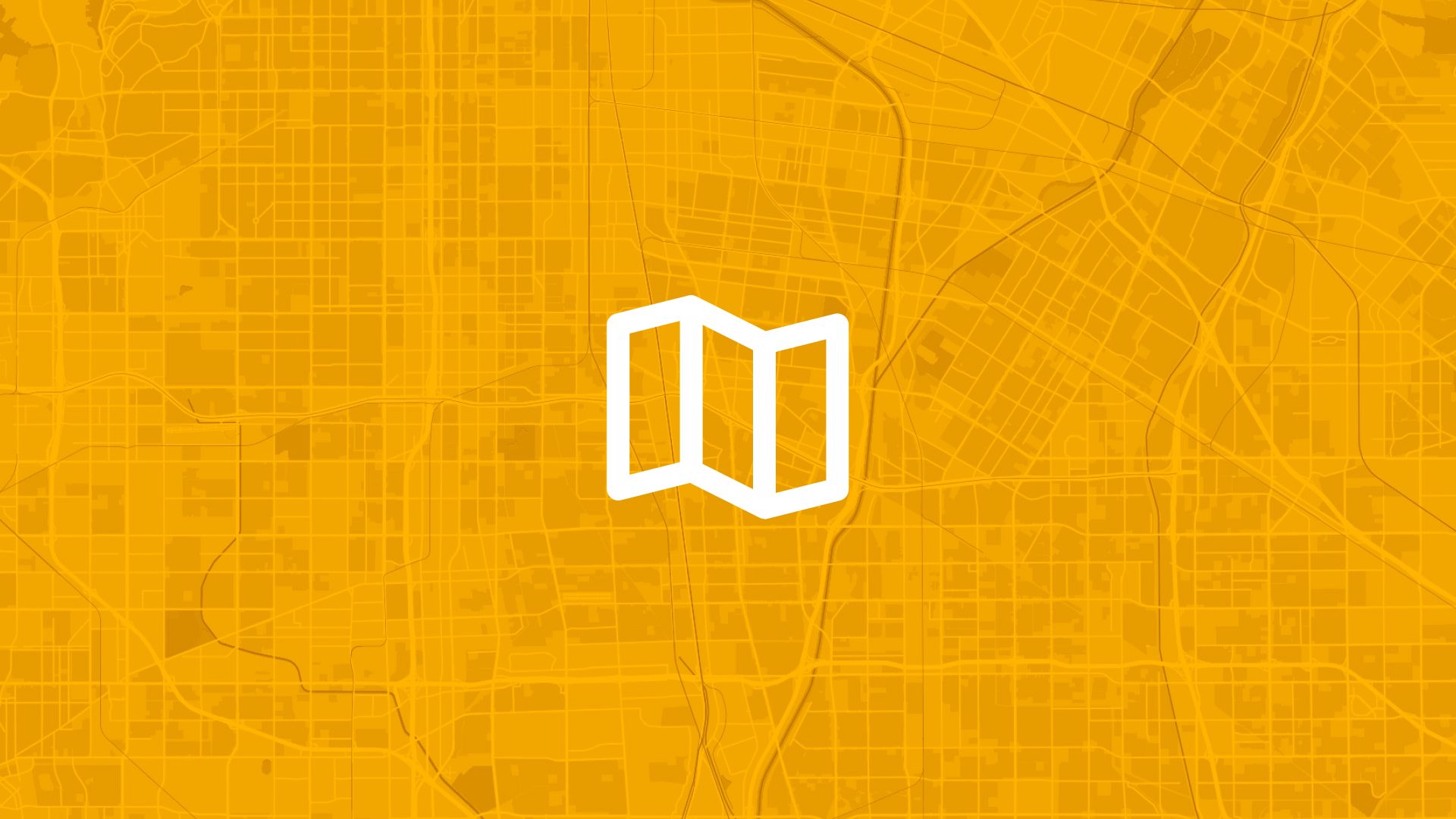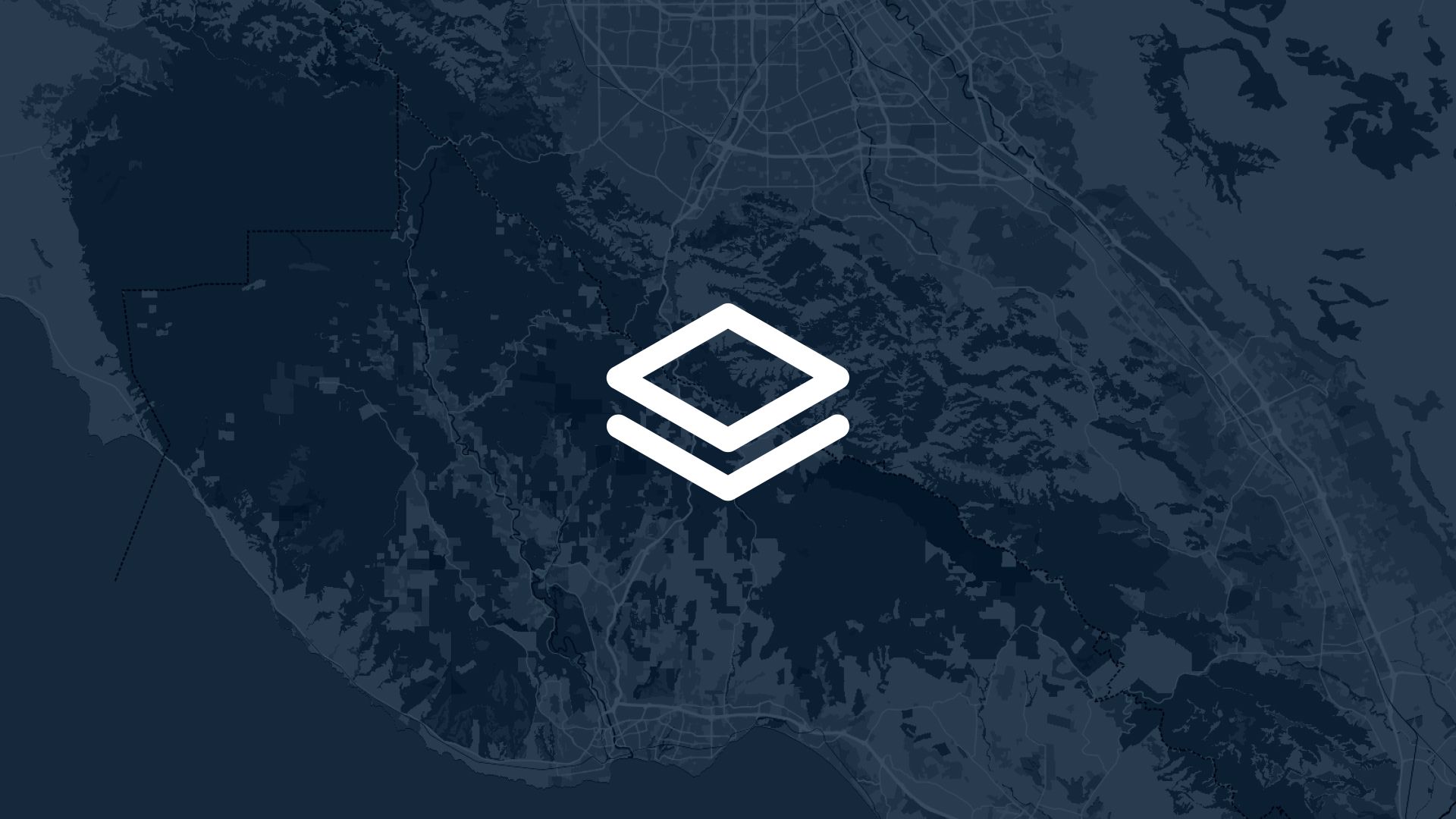The most effective educational planning starts with comprehensive geographic visualization of enrollment data that shows exactly where students live, how school populations are distributed, and what capacity needs exist across different attendance zones.
If your school enrollment analysis relies only on spreadsheet reports, individual school summaries, or district-wide statistics that lack geographic context and zone-specific insights, you're missing the spatial patterns that reveal capacity issues, equity concerns, and planning opportunities. That's why experienced school administrators ask: can we map school enrollment data by zone to understand student population patterns, plan facility needs, and ensure equitable educational access across all communities?
With Atlas, you can create comprehensive school enrollment maps that combine student data visualization with zone analysis and capacity planning for actionable educational intelligence. No scattered enrollment data, no uncertainty about geographic patterns, no barriers to understanding school population dynamics. Everything starts with clear geographic visualization and meaningful educational analysis.
Here's how to set it up step by step.
Why School Enrollment Mapping by Zone Matters for Educational Planning
Creating geographic enrollment visualization enables better educational planning and more effective resource allocation across school districts.
So school enrollment mapping by zone isn't just convenient data visualization—it's essential educational planning that creates better student outcomes through evidence-based resource allocation and equitable educational access.
Step 1: Set Up Comprehensive School Zone Mapping with Enrollment Data
Atlas makes it easy to create detailed enrollment visualization with zone-based analysis:
- Upload school attendance zone boundaries showing elementary, middle, and high school zones with clear geographic definitions for enrollment analysis
- Add student enrollment data including current enrollment numbers, grade-level distribution, and demographic information organized by school and zone
- Import school facility information connecting building capacity, program offerings, and facility characteristics to enrollment data and zone boundaries
- Include demographic and community context showing population characteristics, housing patterns, and community factors that influence enrollment and educational needs
Once configured, your enrollment map provides the geographic foundation for comprehensive educational planning and resource allocation decision-making.
Step 2: Visualize Enrollment Patterns and Capacity Utilization Across Zones
Next, create enrollment visualization that reveals spatial patterns in student populations and facility utilization:
You can display different enrollment metrics:
- Current enrollment and capacity showing student numbers versus facility capacity with color-coded indicators that make overcrowding and underutilization immediately clear
- Grade-level distribution displaying how elementary, middle, and high school students are distributed across different zones and attendance areas
- Demographic enrollment patterns revealing student population characteristics including ethnicity, income levels, language needs, and special education requirements by zone
- Enrollment trends and changes tracking how student populations grow or decline over time and identifying zones with significant demographic shifts
- Transportation and distance analysis showing how far students travel to school and identifying areas with transportation challenges or long commute times
- Program access and equity mapping specialized programs, advanced courses, and educational opportunities available to students in different zones
Each visualization reveals enrollment patterns that inform educational planning, facility management, and equity improvement strategies.
Step 3: Create Interactive Enrollment Analysis and Planning Tools
To help school administrators and planners understand enrollment patterns and facility needs:
- Design dynamic filtering systems allowing users to explore enrollment by grade level, demographic group, school type, or zone characteristics
- Set up comparison tools enabling analysis of enrollment differences between zones, schools, and demographic communities
- Add capacity planning providing access to detailed facility utilization, space needs, and construction planning based on enrollment projections
- Include demographic analysis showing how community characteristics relate to enrollment patterns and educational service needs
- Configure projection modeling using current enrollment data to forecast future student populations and facility requirements
Enrollment analysis becomes interactive and reveals actionable insights for educational planning, facility management, and equity improvement.
Step 4. Enable Community Engagement and Educational Transparency
To support parent information and community involvement in educational planning:
- Create public enrollment dashboards providing families with accessible information about school enrollment, capacity, and zone boundaries
- Set up school choice information helping parents understand enrollment options, program availability, and transportation considerations
- Add community planning engagement enabling residents to participate in school boundary discussions and facility planning decisions
- Include educational equity communication showing community members how enrollment patterns affect educational opportunities and resource allocation
- Configure parent and student services providing families with enrollment information, zone maps, and school selection guidance
Educational communication becomes transparent and accessible, enabling informed community participation in educational planning and school governance.
Step 5: Analyze Enrollment Trends and Support Educational Planning
To use enrollment data for strategic educational planning and resource allocation:
- Generate capacity analysis reports showing which schools are overcrowded, which have available space, and where new facilities are needed
- Create demographic planning identifying changing community characteristics that affect educational needs and program requirements
- Set up equity analysis ensuring that enrollment patterns support fair educational access and identifying areas needing additional resources
- Design facility planning using enrollment projections to guide school construction, renovation, and space allocation decisions
- Configure transportation optimization analyzing enrollment patterns to improve bus routes, reduce travel times, and enhance student transportation
Also read: Map Environmental Sensor Data in Real Time
Step 6: Integrate Enrollment Maps with Educational Operations and Policy Development
Now that comprehensive enrollment visualization and zone analysis are complete:
- Export educational intelligence for integration with student information systems, facility management platforms, and state reporting requirements
- Create budget planning support showing how enrollment patterns inform staffing decisions, facility investments, and resource allocation across zones
- Set up policy development assistance providing enrollment data for boundary adjustment decisions, school choice policies, and educational equity initiatives
- Design community development coordination using enrollment analysis to support housing planning, transportation development, and community growth management
- Generate research and analysis supporting academic studies, consulting projects, and policy research with comprehensive enrollment geographic intelligence
Your school enrollment mapping becomes part of comprehensive educational planning and policy development that creates better student outcomes through evidence-based decision-making and equitable resource allocation.
Use Cases
Mapping school enrollment data by zone is useful for:
- School district administrators planning facility capacity and making boundary adjustment decisions based on enrollment patterns and demographic trends
- Educational planners analyzing student population needs and developing strategies for equitable educational access across all community areas
- School board members understanding enrollment trends and making informed decisions about facility investments and educational resource allocation
- Community development organizations supporting family-friendly neighborhood planning and advocating for adequate educational facilities in all areas
- Municipal planners coordinating educational facility planning with housing development and community growth management strategies
It's essential for any educational planning where enrollment analysis and facility management depend on geographic understanding of student populations and zone characteristics.
Tips
- Update enrollment data regularly to reflect current student populations and enable responsive educational planning and resource allocation
- Include demographic projections using population forecasts to anticipate future enrollment changes and facility needs across different zones
- Create capacity buffer analysis identifying schools approaching capacity limits before overcrowding becomes a problem requiring emergency solutions
- Use data for equity monitoring ensuring that enrollment patterns support fair educational access and identifying areas needing additional support
- Combine with academic performance analyzing how enrollment patterns relate to educational outcomes and identifying schools needing additional resources
Mapping school enrollment data by zone in Atlas enables comprehensive educational planning and evidence-based resource allocation that supports student success.
No separate educational analysis software needed. Just visualize enrollment data geographically by zone, analyze student population patterns, and create the educational intelligence that ensures all students have access to quality educational facilities and programs.
Insight Maps and Dashboards with Atlas
When you're managing operations that span multiple locations, the challenge isn't just collecting data—it's turning that information into actionable insights that improve performance and outcomes.
Atlas gives you the tools to consolidate field information into clear operational intelligence: one dashboard for data collection, analysis, and decision-making.
Transform Field Data into Operational Intelligence
You can:
- Aggregate information from multiple locations and teams into unified dashboards
- Visualize performance patterns and identify improvement opportunities across operations
- Create automated reporting that keeps stakeholders informed and aligned
Also read: Track Equipment and Assets by Location
Build Performance Management That Scales
Atlas lets you:
- Monitor operations across multiple sites with consistent metrics and standards
- Generate reports that show performance trends, resource needs, and improvement opportunities
- Export operational data for integration with business intelligence and management systems
That means no more scattered field reports, and no more questions about whether your operations are performing consistently across locations.
Manage Better with Location Intelligence
Whether you're coordinating field teams, monitoring asset performance, or analyzing service delivery, Atlas helps you turn location-based data into operational intelligence that drives better outcomes.
It's operations management—designed for geographic insight and scalable performance.
Boost Your Operations with the Right Tools
Operations move fast, but performance management requires consistent data and clear insight. Whether you're coordinating teams, monitoring assets, analyzing service delivery, or planning improvements—location intelligence matters.
Atlas gives you both speed and insight.
In this article, we covered how to map school enrollment data by zone, but that's just one of many things you can do with Atlas.
From field data collection to operational dashboards, performance analysis, and improvement planning, Atlas makes complex operations management accessible and actionable. All from your browser. No operations expertise needed.
So whether you're managing field teams, monitoring infrastructure, or coordinating service delivery, Atlas helps you move from "collecting data" to "driving performance" faster.
Sign up for free or book a walkthrough today.





